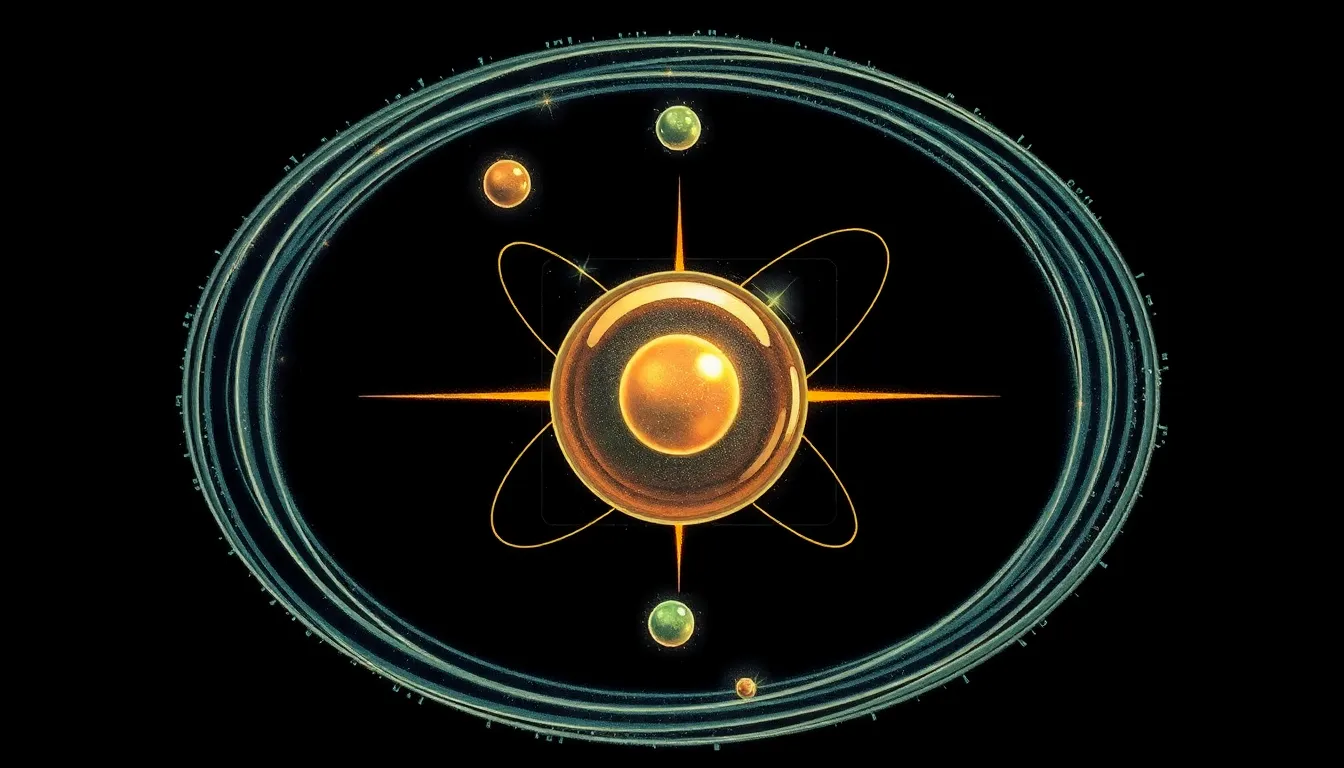Electrons are the tiny powerhouses of the atomic world, zipping around nuclei like hyperactive kids on a sugar rush. But what makes these little particles so special? It all boils down to their charge. Understanding the charge of an electron isn’t just a nerdy science fact; it’s the key to unlocking the mysteries of everything from electricity to chemistry.
Table of Contents
ToggleUnderstanding Electric Charge
Electric charge is a fundamental property of matter. It’s the reason for electromagnetic interactions between particles, particularly electrons and protons.
What Is Electric Charge?
Electric charge refers to the physical property that causes particles to experience a force in an electromagnetic field. It exists in two forms: positive and negative, with positive charges associated with protons and negative charges linked to electrons. The unit of electric charge is the coulomb. One electron carries a charge of approximately -1.6 x 10^-19 coulombs, establishing the basis for charge interactions in atoms.
Types of Electric Charge
Two primary types of electric charge exist: positive and negative. Positive charge originates from protons, while negative charge comes from electrons. Like charges repel each other, while opposite charges attract. Understanding these interactions is crucial in fields such as electronics and physics. The balance between positive and negative charges influences atomic structure and stability, significantly impacting chemical reactions and electrical conductivity.
The Nature of Electrons


Electrons play a vital role in the atomic structure, exhibiting behaviors that influence numerous scientific principles. Understanding their nature reveals much about electricity and chemical interactions.
What Is an Electron?
An electron is a subatomic particle found in atoms, orbiting around the nucleus. This negatively charged particle carries a fundamental charge of approximately -1.602 x 10^-19 coulombs. Electrons belong to a category known as leptons. Their mass is about 1/1836 that of a proton. This significant difference in mass contributes to their unique behavior in atomic and molecular interactions.
Characteristics of Electrons
Electrons possess several noteworthy characteristics. Their negative charge allows them to be attracted to positively charged protons. They occupy specific energy levels around the nucleus, where their placement influences atomic stability. Electrons may also transition between these energy levels by absorbing or releasing energy, exhibiting essences like wave-particle duality. This duality illustrates that electrons can behave as both particles and waves, deeply impacting electromagnetic theory and quantum mechanics. Understanding these characteristics aids in comprehending electric charge, chemical bonding, and overall atomic behavior.
What Is the Charge of an Electron?
Electrons possess a fundamental negative charge that defines their role within atoms. This charge significantly influences atomic interactions and properties.
Defining the Charge
Electric charge represents a core characteristic of matter. Electrons carry a negative charge, while protons hold a positive charge. Like charges repel each other, whereas opposite charges attract. This interplay of charges forms the basis for electromagnetic interactions. Electrons are categorized as leptons and play a crucial part in chemical bonding. The distinct nature of electron charge enables the stability of atomic structures, affecting their electrical conductivity and reactivity.
The Value of the Charge
The precise charge of an electron amounts to approximately -1.602 x 10^-19 coulombs. This value serves as a foundational element in various scientific calculations and principles. In contrast, the charge of the proton is equal in magnitude but positive. The consistent value of electron charge makes it essential for understanding electricity, chemical reactions, and atomic behavior. Its negative nature allows electrons to react dynamically with positive ions in a variety of chemical processes. Understanding this charge’s value is crucial for grasping the principles of quantum mechanics and electromagnetic theory.
Measuring the Charge of an Electron
Measuring the charge of an electron involves precise experimental techniques. Various methods, including oil drop experiments and cathode ray tube assays, provide accurate measurements of this fundamental charge.
Experimental Methods
The oil drop experiment, conducted by Robert Millikan in 1909, remains a notable method for determining an electron’s charge. This experiment analyzed tiny oil droplets suspended in an electric field, allowing Millikan to calculate the charge based on the droplets’ behavior. Another method involves using cathode rays, where electrons generate negative charges in gas discharge tubes. Results from these experiments consistently yield a charge of approximately -1.602 x 10^-19 coulombs, confirming the electron’s unique properties and its essential role in electric phenomena.
Historical Context
Historically, understanding an electron’s charge evolved significantly. Early 20th-century experiments, particularly Millikan’s work, revealed critical insights into atomic structure. Before these advancements, scientists operated under less precise notions of atomic particles. Discovering the exact charge laid foundational groundwork for modern physics and chemistry, influencing theories related to atomic theory and electromagnetic interactions. These historical milestones illustrate the progress in measuring and comprehending electric charges within atomic structures, highlighting the importance of electrons in multiple scientific domains.
Implications of Electron Charge
Electrons significantly influence multiple scientific domains due to their fundamental negative charge.
Role in Atoms
Atoms consist of a nucleus that contains protons and neutrons, with electrons orbiting around it. Their negative charge helps to balance the positive charge of protons, creating an electrically neutral atom. Electrons occupy defined energy levels, which dictate atom stability and configuration. When electrons are found in their lowest energy state, they contribute to the atom’s overall structure. Any transition of electrons between energy levels impacts the atom’s behavior during chemical bonding. A stable arrangement of electrons around the nucleus defines the element’s identity and its chemical properties.
Impact on Chemical Reactions
The charge of an electron directly affects how atoms interact in chemical reactions. Negative charges from electrons attract positive charges from protons in other atoms, leading to the formation of bonds. During reactions, electrons may be shared or transferred between atoms, resulting in either covalent or ionic bonding. The movement of electrons makes chemical reactions possible, facilitating the rearrangement of atoms to form new substances. This charge-based interaction also determines the reactivity of different elements. Consequently, understanding electron charge is crucial to grasping chemical behavior and reaction mechanisms.
The charge of an electron is a fundamental aspect of atomic structure and interactions. This negative charge plays a crucial role in the balance of forces within atoms and influences chemical behavior. Understanding its consistent value allows scientists to make accurate predictions about how atoms will react with one another.
From the historical experiments that measured this charge to its implications in modern chemistry and physics, the significance of the electron’s charge cannot be overstated. It shapes the way atoms bond and interact, ultimately determining the properties of matter. The study of electron charge continues to be vital for advancements in various scientific fields.









